Thailand’s famous curries are amongst our all-time favourites. Kaeng khiao wan is a sweet green curry, kaeng phet is a hot red curry. It’s generally the chillies that determine the colour of the curry, although the milder yellow curry, kaeng kari, uses turmeric. Other popular curries include Massaman (which has Indian and Malay influences in its spicing), Panang (another Malay influence with peanuts as a key ingredient) and sour curry, kaeng som, (which has a more soupy consistency with lime and turmeric being important flavourings). Another, less well known, dish that uses both coconut milk and coconut cream is tom kah gai – chicken and galangal in a coconut milk soup.
Thai green curry is probably the dish we cook and eat most often at home. It’s easy to make and utterly delicious. Its translation means ‘curry green sweet’ – the green chillies comprise a significant part of the paste, which forms the base of the flavour, but this curry is slightly sweeter than other types of Thai curry. Some recipes call for a small amount of sugar to be added, others rely on the natural sweetness of the coconut milk. The flavour components revolve around green chillies, galangal, lemongrass, garlic, shallots, kaffir lime zest and coriander all blended together to form a thick, fragrant paste.
The curries are also remarkably easy to make. One thing that’s worth noting is that it is not at all shameful if you don’t make your curry paste. Even though you can get the ingredients and a blender and produce a paste that suits your particular taste, you will often see huge mounds of curry paste in Thai markets ready made for the locals to buy and use. This was an enormous pile of red paste in a market on the outskirts of Bangkok.
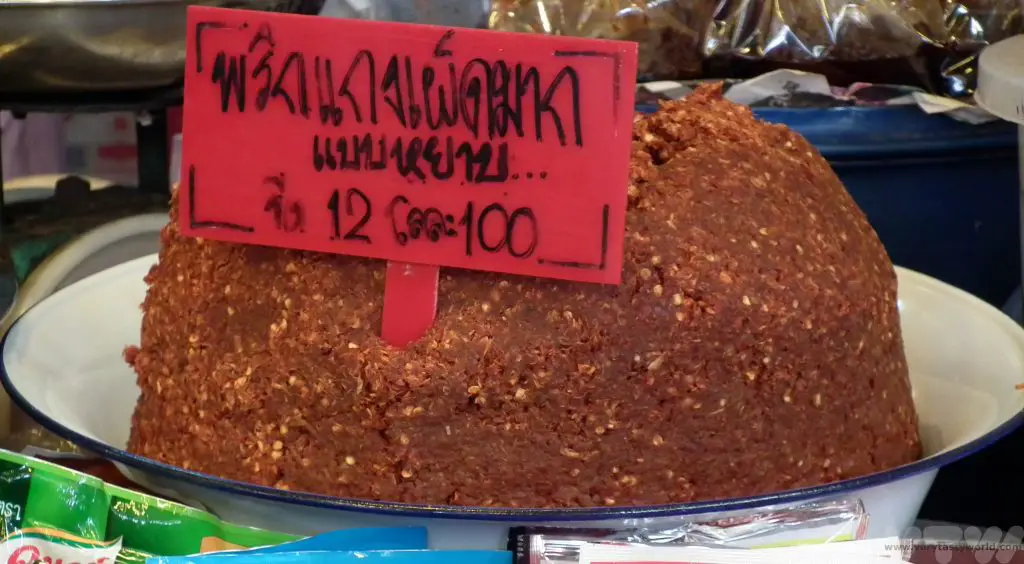
Many supermarkets stock good quality paste these days (as opposed to weaker versions aimed at western markets).
We’ve been using Mae Ploy for years as you can get it in industrial sized tubs which will give you several portions and it lasts for ages (store it in the fridge once opened). Although, to be fair, it doesn’t usually last very long in our household.
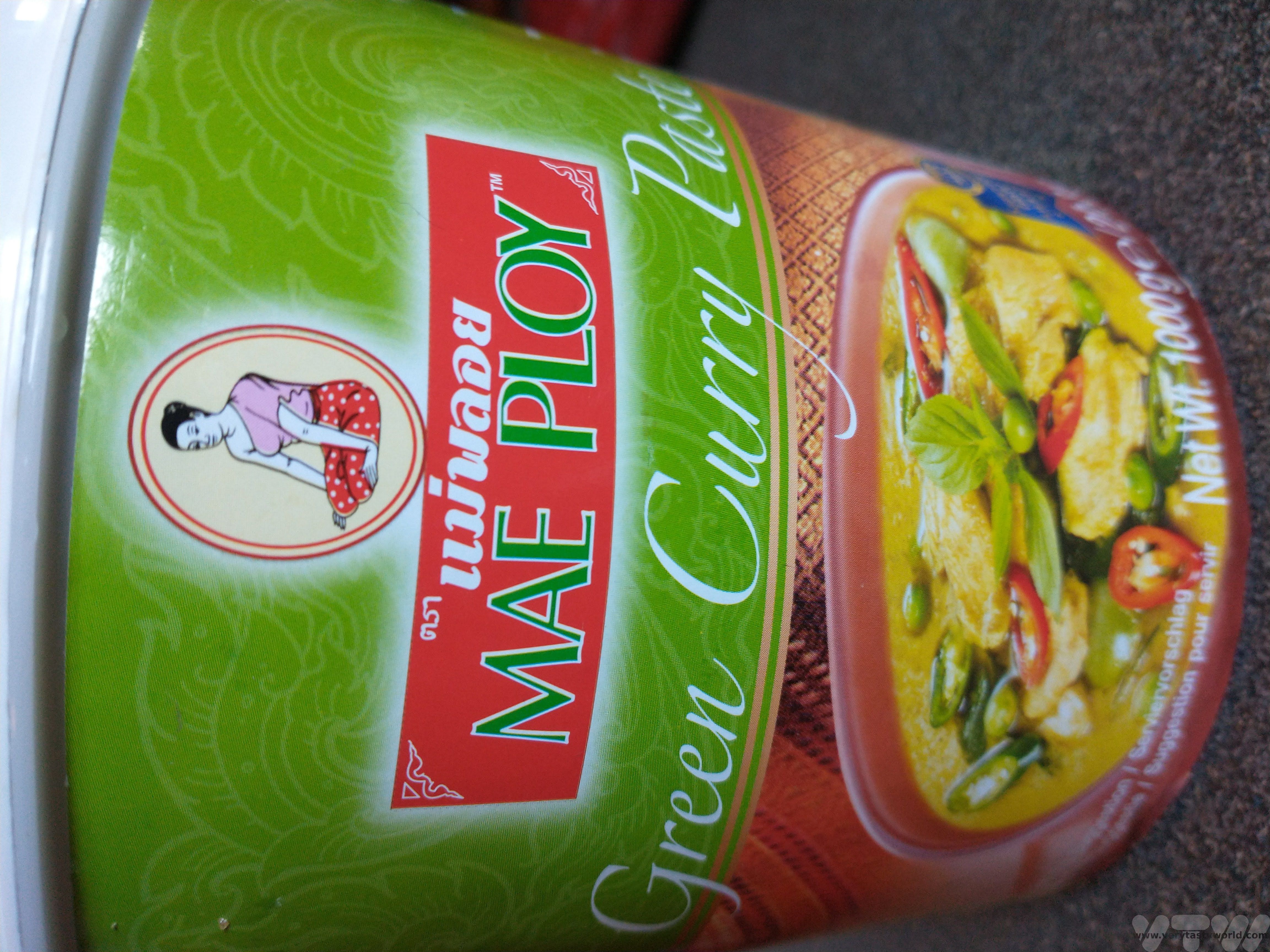
There are approximately three million recipes for Thai curry on the internet. Here’s ours:
How To Make Thai Green Curry
INGREDIENTS
500g chicken thighs, chopped into pieces (thigh meat is definitely recommended over breast meat as it has so much more flavour). Beef and pork also work well with this curry.
Handful of julienned vegetables – e.g. bell peppers, chillies, bamboo shoots, baby aubergine (vegetarians can use these in greater quantities instead of the meat).
A good dollop of green curry paste to suit your preferred level of spicy heat.
1 can of coconut milk.
Splash of fish sauce (probably around a tablespoon).
Bunch of Thai basil (Thai basil is very different to Mediterranean basil), chopped.
A lime.
METHOD
Put a small amount of oil into a pan and add the curry paste. It’s really up to you how much paste to add – if you like more spice, then add more, if you prefer a milder curry, add less. Fry it off to a couple of minutes then add the coconut milk.
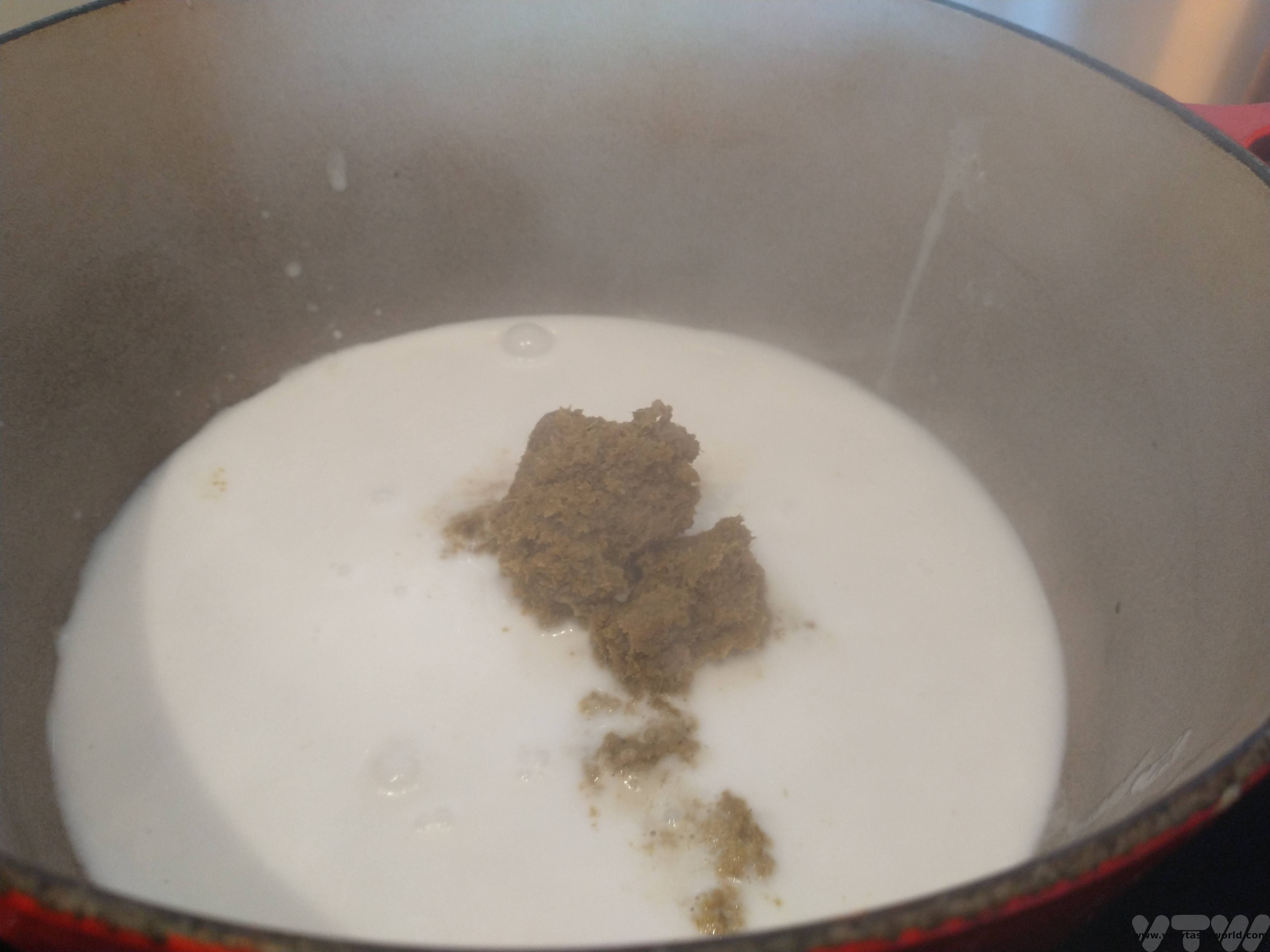
Add the raw chicken and bring to the boil.
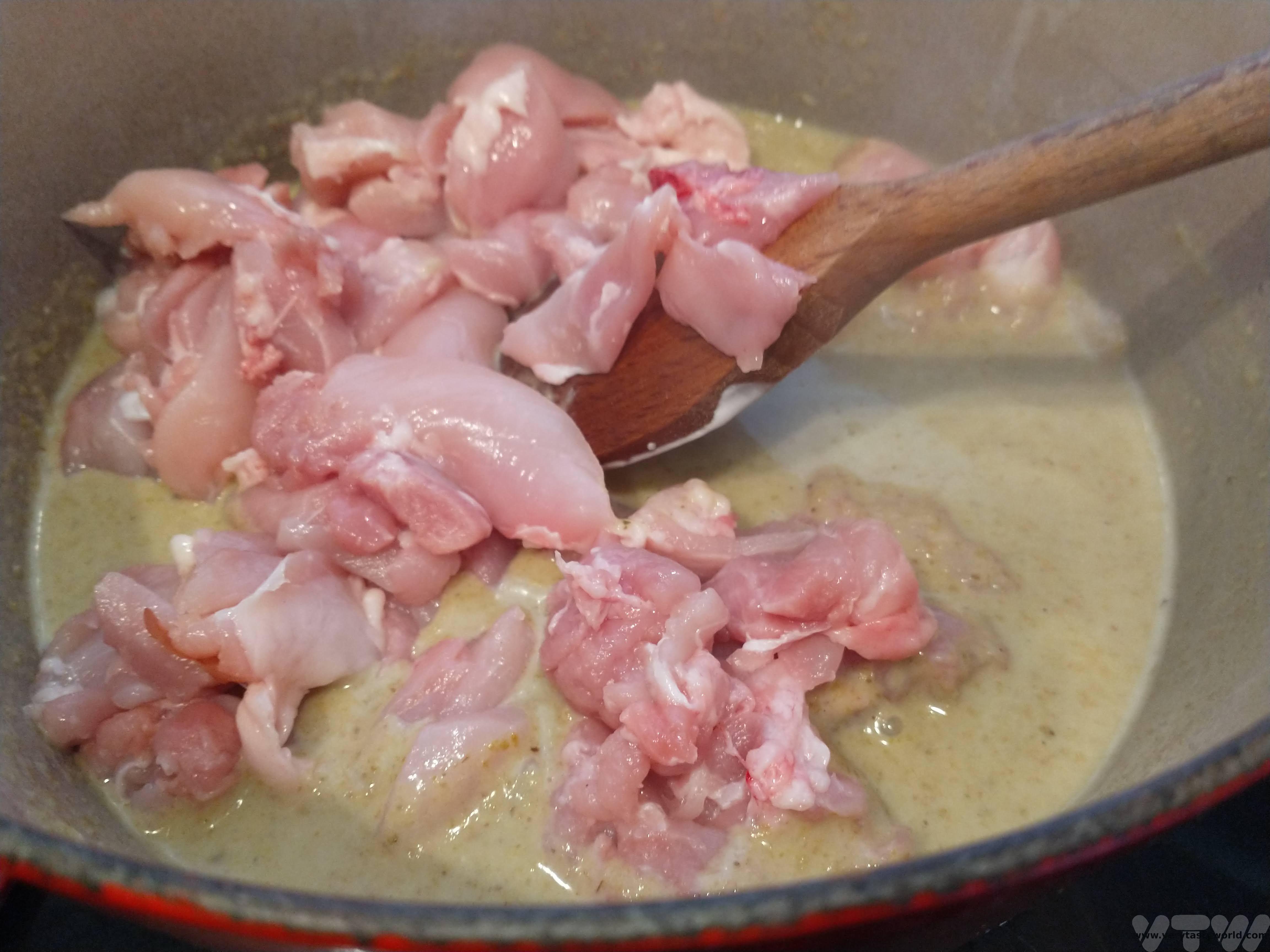
Then turn the heat down and let the chicken simmer for around 15 minutes.
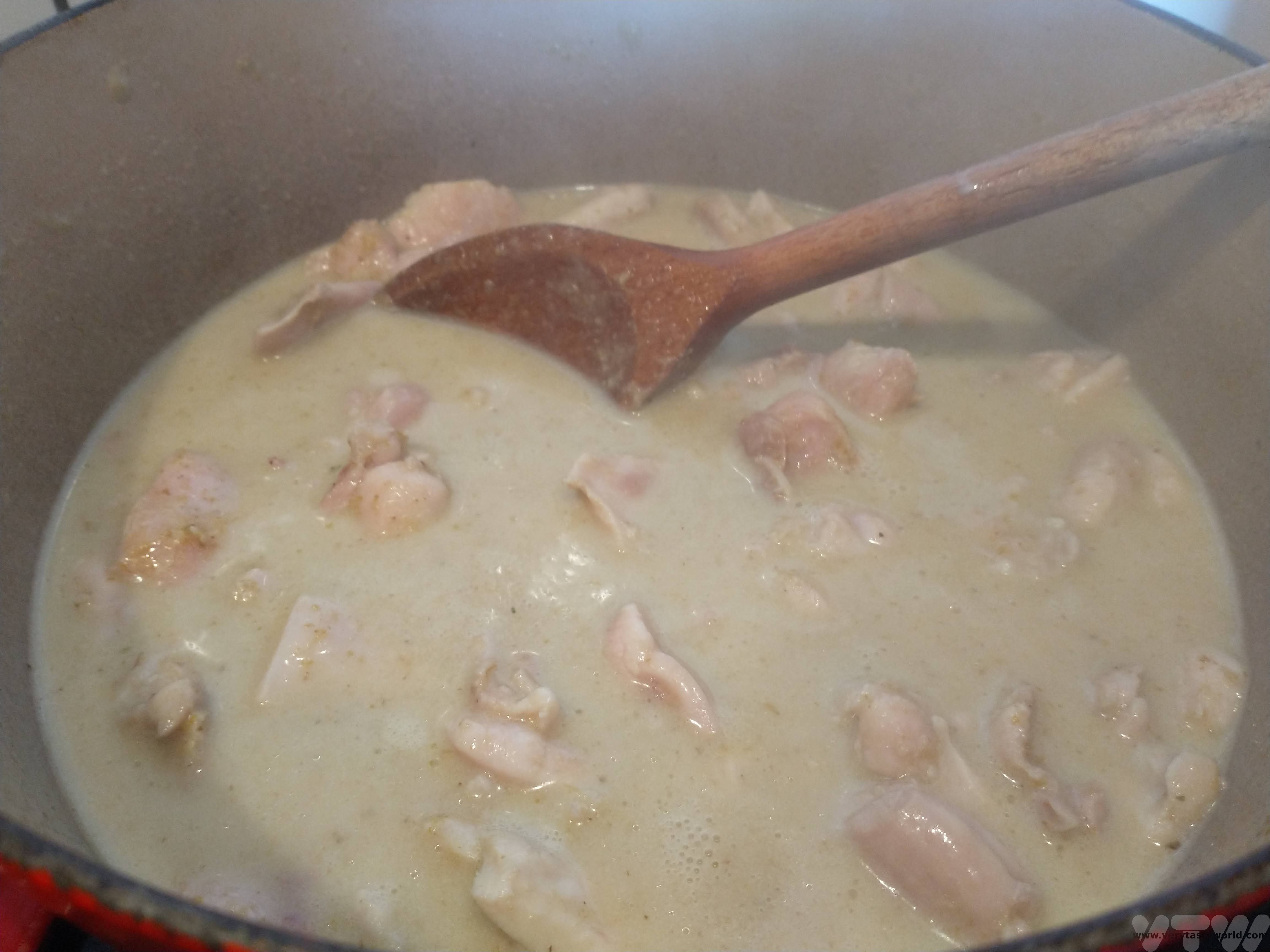
Add the vegetables and allow them to cook. Add the fish sauce and Thai basil. Allow to simmer for a few more minutes.
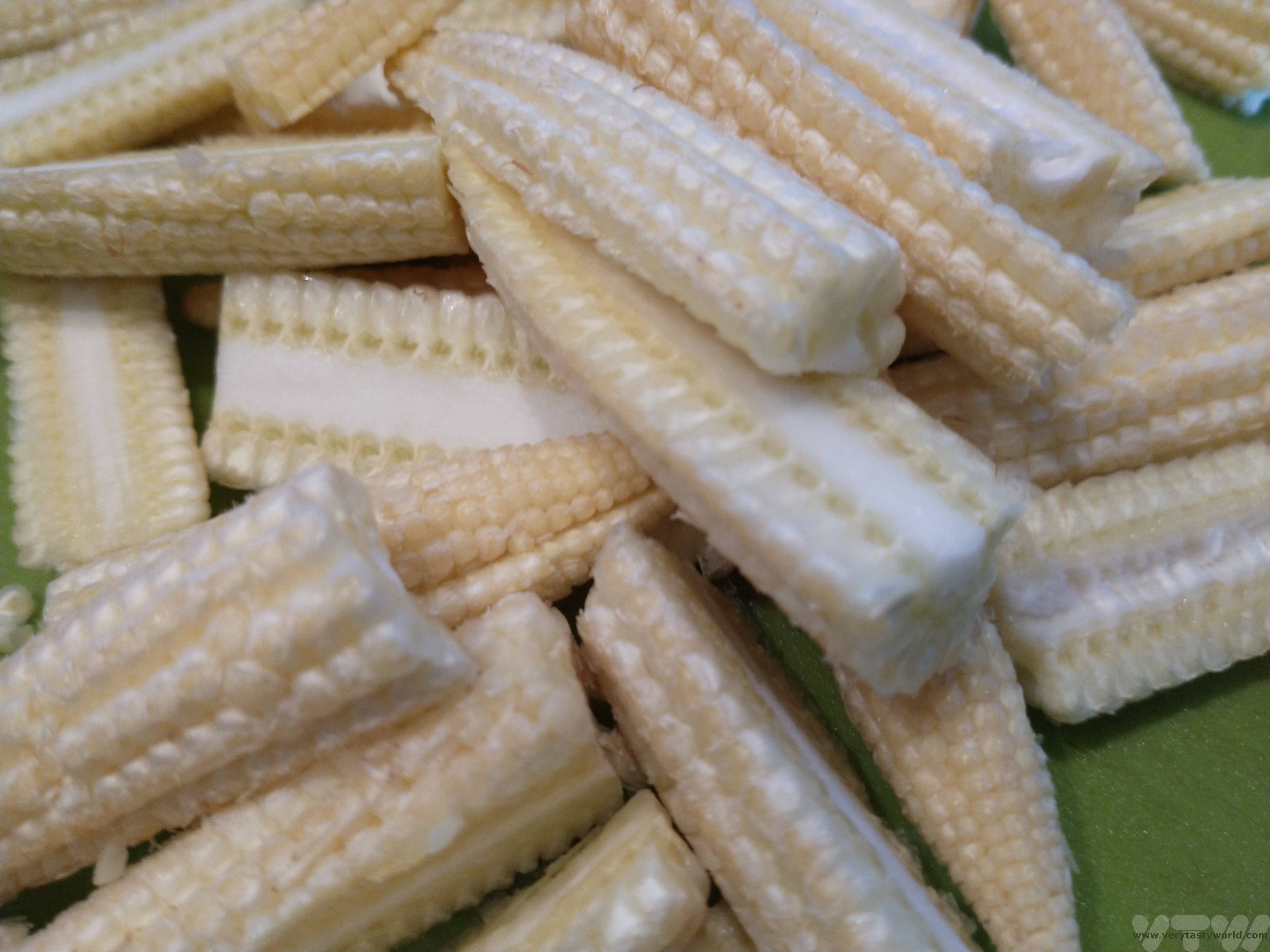
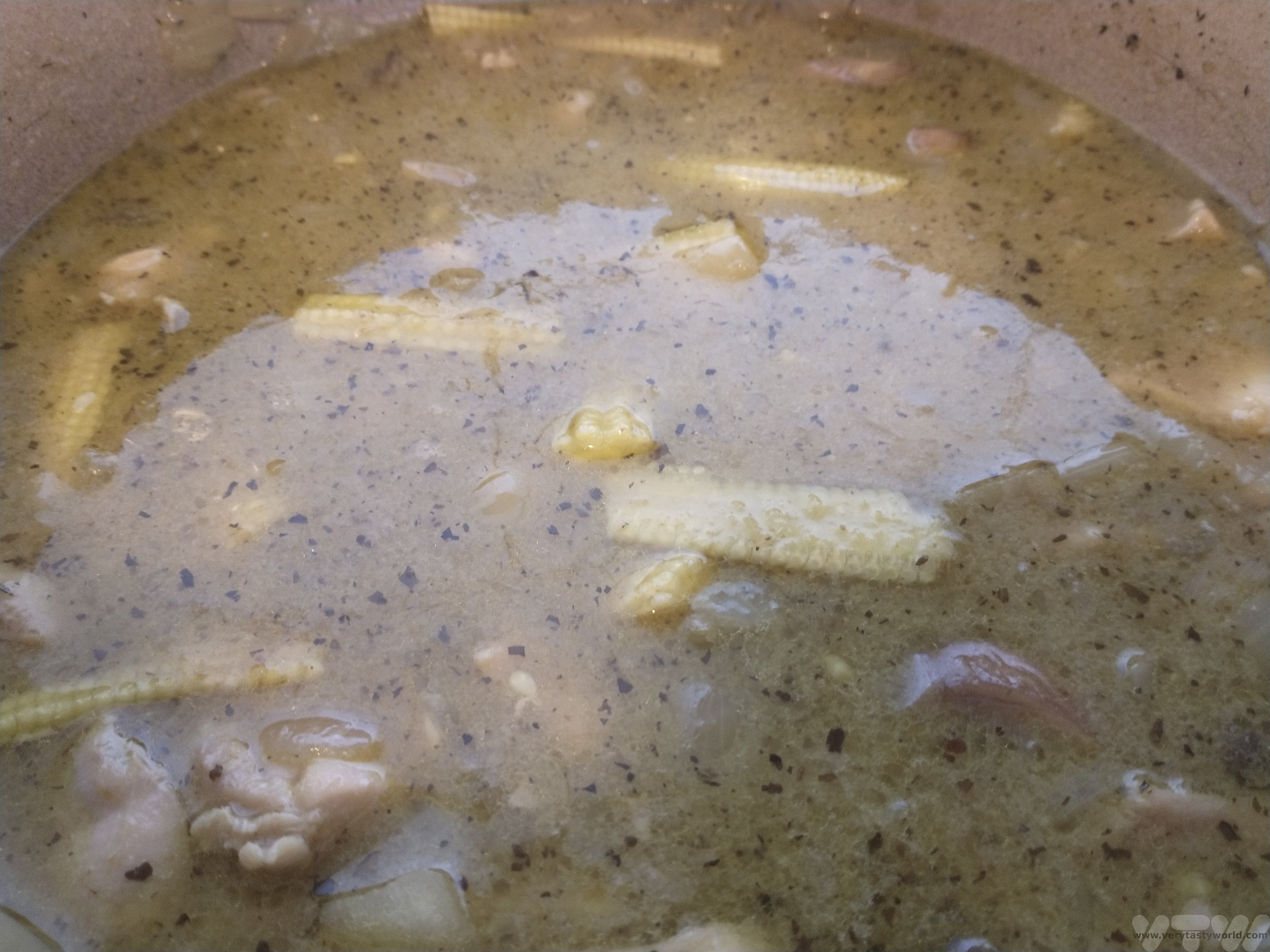
We often add a spritz of lime juice at the end (always at the end) to add some zing.
Serve with jasmine rice.
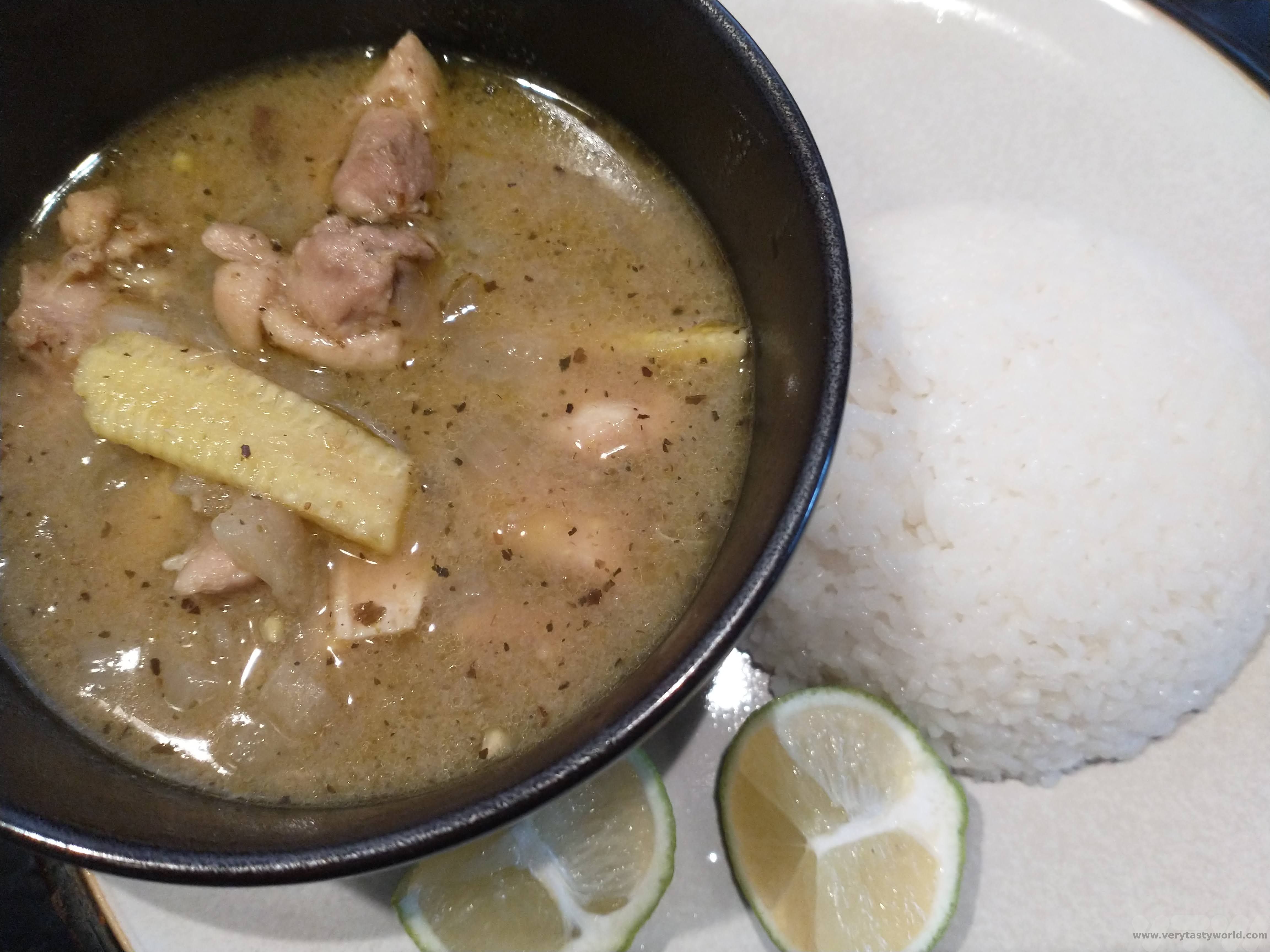
Scoff. Serves four.
Variations: One of the marvellous things about Thai cuisine is that it has a wonderful combination of sweet, sour, salt and hot flavours. Some Thai green curry recipes incorporate a couple of tablespoons of palm sugar (brown sugar can be substituted if palm sugar isn’t available) to the sauce. If you have a sweet tooth you can add it in as an option, although we don’t as we tend to prefer the sour flavours that the lime offers. This recipe is very flexible in terms of you being able to tailor it to your own palette: the coconut milk gives you sweetness (but you can add sugar if you want more), the curry paste gives heat, the fish sauce provides salt and the lime gives the sour flavours – perfect seasoning.
Related Posts You May Enjoy

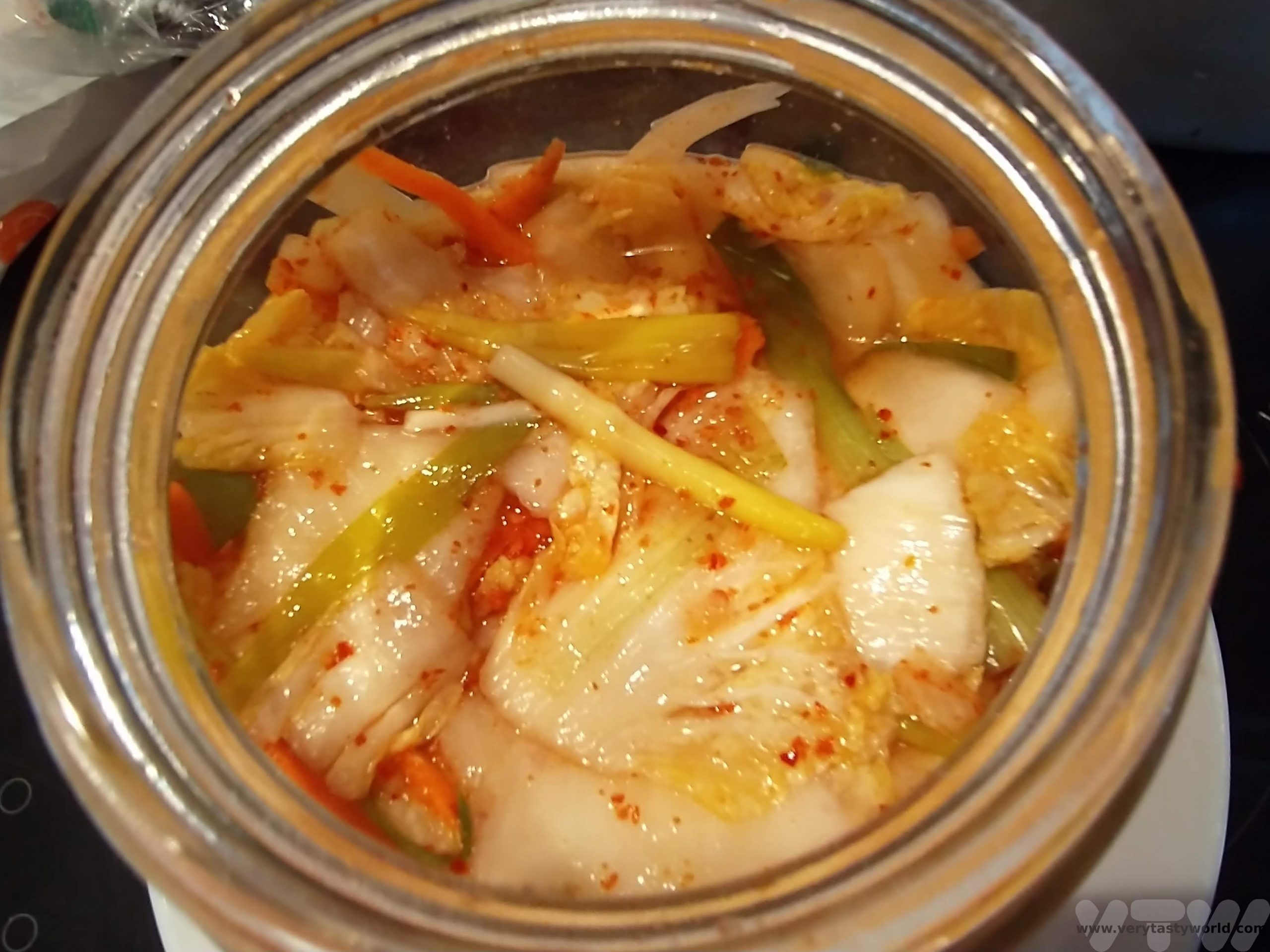
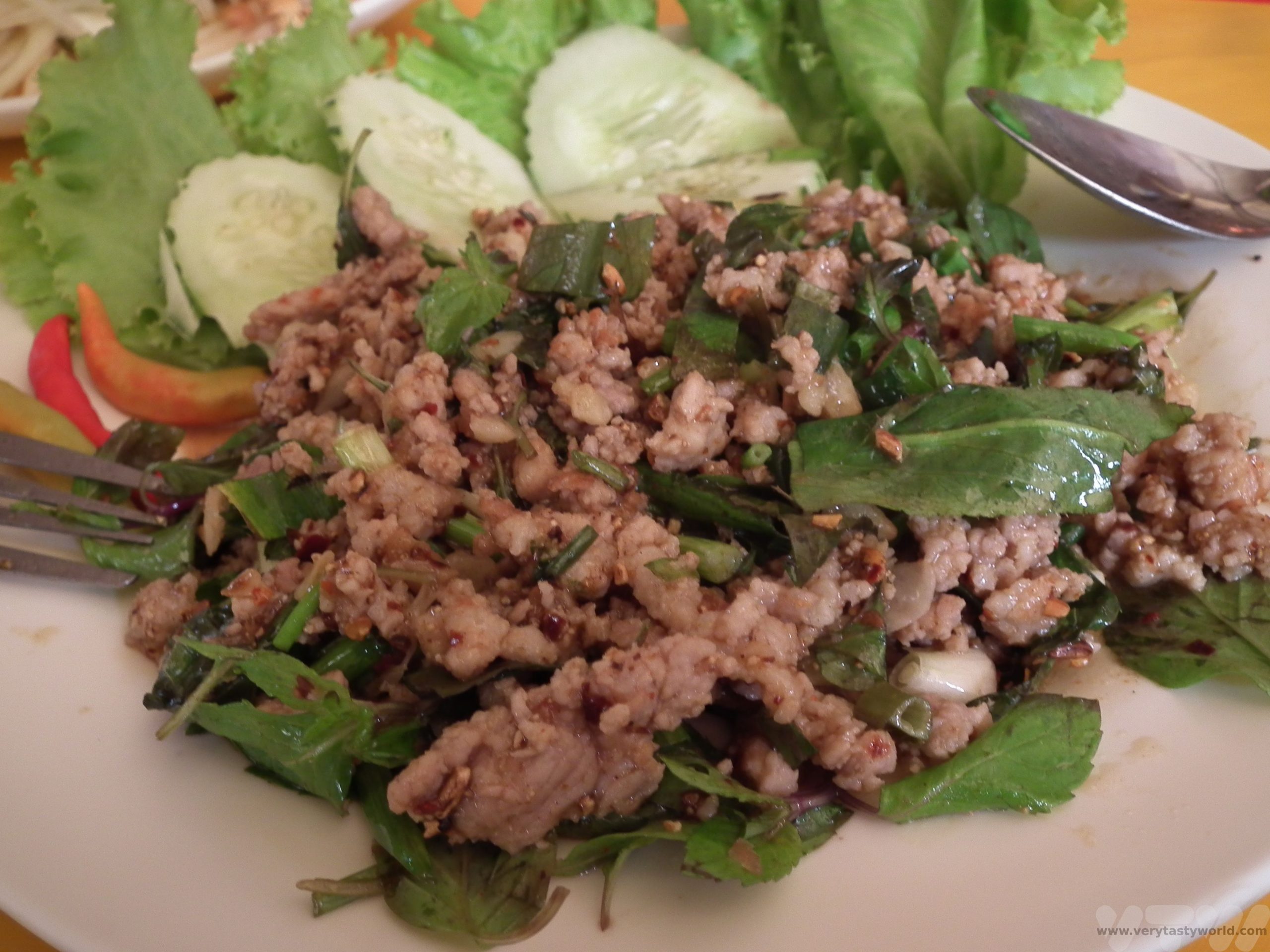








How unexpected and interesting that huge foodies like you cook no other dish more often than Thai Green Curry. It was always one of my favourite dishes and I usually had one every other night when I lived in Bangkok for a few months a long time ago.
I’ve occasionally been cooking it at home using the same Mae Ploy paste.
To my great shame I have to admit that I had no idea how to do it properly. I never fried the paste in the pan first, just added it to the liquid mixture. I also usually pan fried the chicken before I added it. Some good ideas in your post about veggies and other ingredients to add too. Thanks for sharing!
Thanks, Stefan. You know, we love TGC so much we probably could eat it every other night! (Although there are so many other yummy dishes from around the world we would be missing out on those.) It’s a brilliant ‘curry in a hurry’ dish that’s easy to make on a busy day and utterly delicious.
[…] ingredient in Thailand’s famous curries. Kaeng khiao wan is a sweet green curry (you can find our recipe here), kaeng phet is a hot red curry. Both are easy to make (recipes another time). Another, less well […]
[…] RECIPE: How to Make Thai Green Curry – Very Tasty World says: 10th April 2022 at 4:33 pm […]
[…] RECIPE: How to Make Thai Green Curry […]